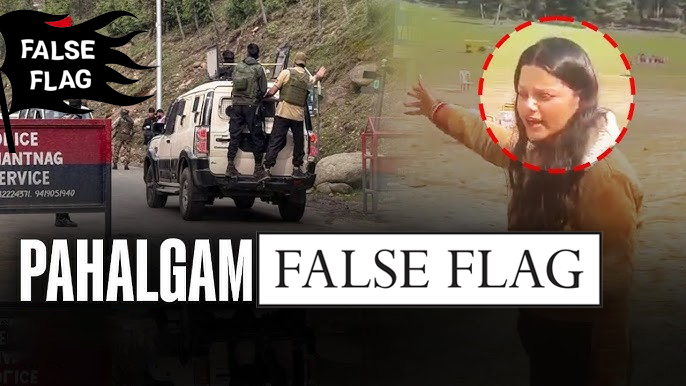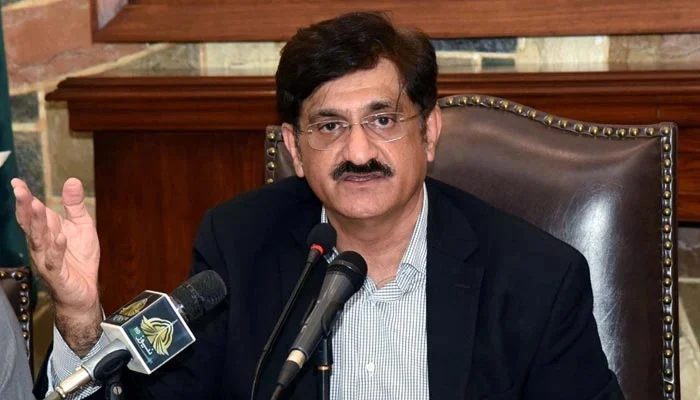On April 20, 2025, an attack targeting Indian tourists took place in Pahalgam, a well-known tourist destination in Indian-administered Kashmir. Although fortunately there were no fatalities, the incident immediately made headlines across Indian and international media outlets, framed as a terrorist act threatening India’s internal security. However, closer analysis of the circumstances, timing, and broader political backdrop raises serious questions about the nature of this incident — and whether it fits into a disturbing pattern of false-flag operations allegedly orchestrated by Indian agencies.
False-flag attacks, historically used by states to manipulate public opinion or achieve political objectives, have long been suspected in India’s handling of Kashmir and its broader strategic posturing. In the past, several incidents initially blamed on external forces, particularly Pakistan, were later revealed to have suspicious inconsistencies, casting doubt on their authenticity. The timing of the Pahalgam incident, occurring during India’s crucial general elections and amid ongoing diplomatic confrontations with Pakistan over water rights, further deepens the skepticism.
Currently, India is engaged in a high-profile legal dispute at the Permanent Court of Arbitration regarding the construction of the Kishanganga and Ratle hydropower projects in violation of the Indus Waters Treaty. Pakistan’s legal arguments have gained considerable support, casting India in a negative light internationally. At such a critical juncture, a terror attack — even a relatively minor one — offers New Delhi a chance to shift global narratives: from being seen as a treaty violator to being portrayed as a perennial victim of cross-border terrorism.
Moreover, India’s domestic political landscape is marked by intense polarization, with the ruling Bharatiya Janata Party (BJP) seeking to consolidate nationalist sentiments to secure electoral victories. The Kashmir issue has long been weaponized in Indian politics to rally public support. A well-timed attack on civilians, if attributed to Pakistani-based groups or “separatists,” could conveniently serve to unite voters under the banner of nationalism and divert attention from pressing economic or social grievances.
In addition to that, India has a history of using crisis situations to advance its strategic and political interests, particularly concerning Pakistan. Time and again, New Delhi has issued threatening statements regarding the Indus Waters Treaty, a historic agreement that ensures the fair distribution of river waters between the two nations. Following the 2016 Uri attack, Indian Prime Minister Narendra Modi ominously declared, “Blood and water cannot flow together,” signaling an open threat to disrupt the treaty. Similarly, after the Pulwama attack in 2019, India’s then Water Resources Minister, Nitin Gadkari, announced, “We have decided to stop our share of water which used to flow to Pakistan.” These statements reveal a pattern where India seeks to weaponize water, a critical lifeline for Pakistan, under the pretext of national security crises. In this context, the recent Pahalgam attack seems less like an isolated act of violence and more like a turning point, a carefully timed event that provides India with the remaining justification to pursue its unfinished political and strategic agendas, including tightening control over Kashmir, escalating diplomatic pressure on Pakistan, and fueling nationalist sentiment ahead of elections.
It is also important to examine how India’s handling of such incidents often follows a similar script. First, swift and heavy media coverage blaming Pakistan, even before investigations are concluded. Second, heightened military activity in Kashmir and increased crackdowns on local populations under the pretext of counterterrorism. Third, diplomatic campaigns portraying Pakistan as a rogue state while seeking support from Western governments and international bodies.
In contrast, when attacks occur within Pakistan, the approach is markedly different. Pakistani authorities often promptly condemn the violence, initiate transparent investigations, and invite international observers when necessary. This contrast highlights differing strategic priorities: while Pakistan seeks stability and international goodwill, India appears to leverage violence to reinforce its domestic and foreign policy objectives.
The alleged pattern of manufactured crises serves multiple purposes for India: it justifies the continued militarization of Kashmir, suppresses dissent among the Kashmiri population, and garners sympathy on the international stage. The people of Kashmir, already suffering under heavy military presence, curfews, and curtailed freedoms, bear the heaviest burden of these strategic manipulations.
At the international level, such incidents help India to muddy the waters around its own human rights violations in Kashmir, which have been well-documented by organizations such as the United Nations Human Rights Council (UNHRC), Amnesty International, and Human Rights Watch. By projecting itself as a victim, India seeks to avoid scrutiny for actions like demographic engineering, extrajudicial killings, and suppression of press freedoms in the region.
While definitive proof regarding the Pahalgam attack remains elusive, as it often does in such cases the broader context suggests a pattern too consistent to ignore. Critical observers, policymakers, and human rights advocates have questioned Indian narratives presented without evidence, especially when they emerge at times of political expediency.
Ultimately, whether or not the Pahalgam attack was manufactured, it reflects a grim reality: the people of Kashmir, particularly Muslims continue to suffer. Their suffering is exploited for political gain, while genuine efforts for peace, justice, and self-determination remain sidelined. Hindu extremists even after this attack have initiated group attacks on any Muslims residing in India. The international community must look beyond simplistic headlines and demand independent investigations into such incidents. Only by exposing and rejecting manufactured crises can true peace in South Asia ever become a possibility.





